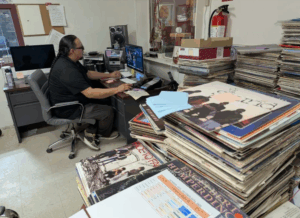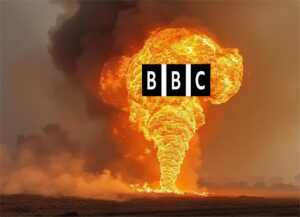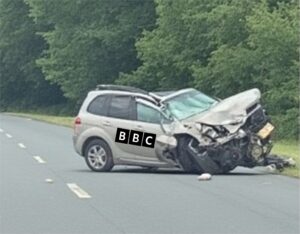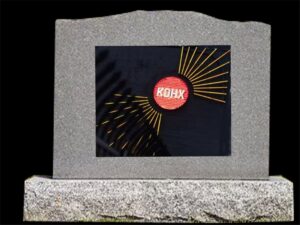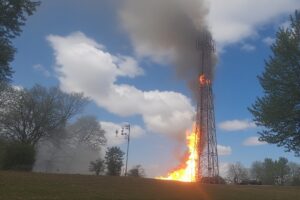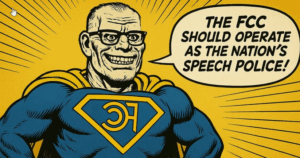
Illustration from Fire.org
Article in The Guardian by John Oliver, 11/17/25
Headline: “John Oliver on the mass defunding of US public media: ‘Just stupid’ “
Subhead: “The Last Week Tonight host delves into the many vital functions of US public media imperiled by congressional Republicans’ defunding plan”
“On the latest Last Week Tonight, John Oliver checked in on the ‘dire’ state of public media in the US, where almost all public media falls under the Corporation for Public Broadcasting. Until recently, the CPB distributed funding to more than 544 radio TV grantees representing more than 1,500 locally managed and operated stations nationwide, reaching more than 99% of the US population . . .”
Read the full article at:
https://www.theguardian.com/tv-and-radio/2025/nov/17/john-oliver-public-media-cuts
– – – – –
Article in Freepress by Staff, 11/17/25
Headline: “Free Press Action’s Mike Rispoli Testifies Before the New Jersey State Senate on Behalf of Public Funding for Public Media “
“. . .In September, NJ PBS — the state’s only public-television station — announced that it will cease operations in 2026. The move is related to Congress’ decision earlier this year to claw back $1.1 billion in funding from the previously approved federal budget for the Corporation for Public Broadcasting, and the CPB’s subsequent decision to shut down operations. . .”
Read the full article at:
https://www.freepress.net/news/free-press-actions-mike-rispoli-testifies-new-jersey-state-senate-behalf-public-media-funding
– – – – –
Article in The Atlantic by Gilad Edelman, 11/17/25
Headline: “The ‘Easy Way’ to Crush the Mainstream Media”
Subhead: “FCC chair Brendan Carr is on a crusade to Trumpify the airwaves.”
“. . .when he issued a mob-style threat over a Jimmy Kimmel monologue that Republicans didn’t like—’We can do this the easy way or the hard way’—he made the Trump administration’s appetite for censorship unignorable.
“Most of the administration’s efforts to manipulate the media up to that point had retained at least a patina of deniability. Here, by contrast, was an uncomplicated threat of government interference—one that prompted Disney, ABC’s parent company, to fall in line by suspending Kimmel’s show. . . ”
Read the full article at:
https://www.theatlantic.com/politics/2025/11/brendan-carr/684936/
